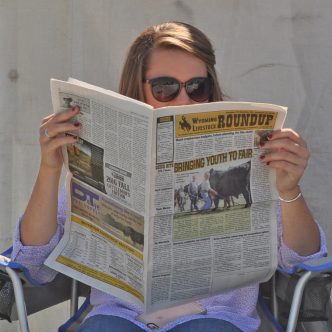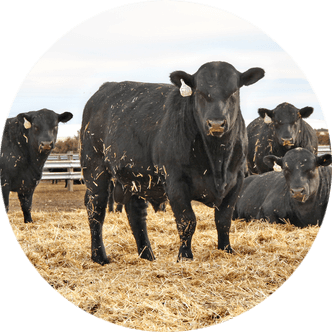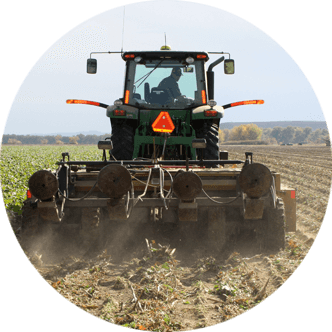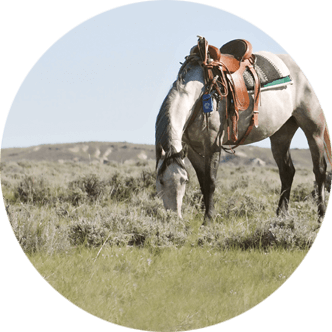Task force releases new Beef Industry Long-Range Plan for 2026-30
On July 8, the Beef Industry Long-Range Plan Task Force officially unveiled its new five-year plan for 2026-30 at the Cattle Industry Summer Business Meeting in San Diego.
The mission of the Beef Industry Long-Range Plan is to ensure the U.S. beef industry provides sustainable, high-quality beef to meet consumer demands worldwide.
“Since late 2024, our task force has taken a hard look at what’s working in the beef industry and where we need to improve,” said Joe Lowe, task force member and eighth-generation seedstock operator at Oak Hollow Angus in Smiths Grove, Ky. “The result is a five-year plan offering flexibility and local adaptation while keeping us all moving toward shared goals. By focusing on results and smart investments, we can keep the U.S. beef industry strong and competitive.”
The plan
The Beef Industry Long-Range Plan is a tool designed to help the beef industry establish a common set of objectives and priorities. It communicates the industry’s strategic direction and provides insight on how the industry can serve its stakeholders by growing beef demand.
Since 1995, industry leaders representing key beef industry segments – cow/calf, seedstock, dairy, feeder, animal health, livestock auctions and more – have gathered to develop an aligned, comprehensive plan with the goal of increasing consumer demand for beef.
These leaders are brought together to study and compile major areas of opportunity facing beef over the next five years.
The 2026-30 Long-Range Plan identifies six interconnected goals representing what the industry wants to achieve.
These include policy and supply chain viability; sustainable industry outcomes; public engagement and building confidence; innovation, science, research and continuous improvement; stakeholder engagement and animal health and food safety.
Each goal is paired with a strategic initiative, a broad approach to achieving it and a success definition. The goals are supported by actionable initiatives, organized to drive alignment and accountability across all segments of the beef supply chain.
“All six goals work together, so progress toward one goal helps move others forward,” said Lowe. “For example, strong advocacy can lead to more research and innovation, which supports sustainability and builds trust. And by working together on animal health and other issues, we’re better prepared for challenges like disease outbreaks or changing consumer demands.”
How the beef industry uses the long-range plan
The Beef Industry Long-Range Plan Task Force encourages other beef industry businesses and organizations to utilize the plan as input for their own strategic decision-making processes.
For example, the Beef Checkoff, its committees and contracting organizations use pieces of the long-range plan as their guidebook.
All funding decisions and focus areas of checkoff projects and programs, by design, must follow the key areas outlined in the plan. Checkoff contractors take this direction and develop checkoff-funded programs which fall within the scope of the Beef Promotion and Research Act and Order and support the plan’s priorities.
“This long-range plan reflects the best of what our industry can do when we come together with a shared purpose,” said Lowe. “It’s built to be flexible, rooted in commonsense priorities and designed to help the industry stay strong no matter what challenges come our way. I’m proud of what we put together, and I’m looking forward to seeing how it can continue moving the beef industry forward in the years ahead.”
Sarah Metzler is the director of organizational communications for the Cattlemen’s Beef Board and John Robinson is the senior vice president of membership, communications and events for the National Cattlemen’s Beef Association. They can be reached at smetzler@beefboard.org or jrobinson@beef.org, respectively.





